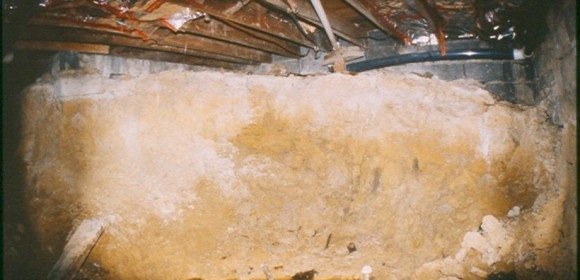Mine Subsidence
Have you ever wondered what happens to a structure built over a void in the earth, especially if that void de-voids? Probably not. But, for some, it is not a matter of conjecture – it is a sinking feeling. Many subsurface voids are created by underground mining for coal, formed ages ago in shallow, marshy areas where plant debris and organic matter accumulated, and were buried and compacted by overlying sediment.
The two types of underground coal mining are (1) room-and-pillar, and (2) long-wall. Most underground coal mines are of the room-and-pillar variety, consisting of a number of rooms, called stopes, cut into coal beds. These rooms are accessed by passageways from the surface: adits (horizontal), shafts (vertical), and slopes (inclined). As a room expands, pillars, or columns of coal, are left to support the room’s roof and control the flow of air. Large barrier pillars of coal may be strategically placed to support surface features such as roads, streams, and railroads.


